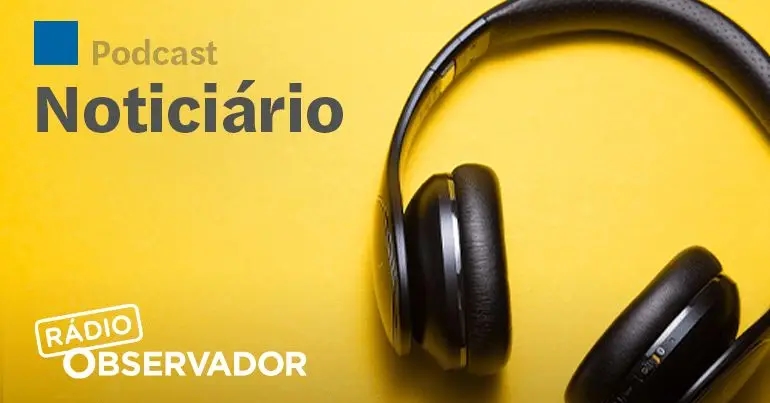Flag colors shared by PS and Chega

The use of the colors of the national flag is a common element in the campaign posters of the PS and Chega, while those of the AD focus on the idea of continuity, points out researcher Célia Belim.
“Pedro Nuno Santos presents himself in a very nationalist version , with the colors of the Portuguese flag, to show this national spirit,” Célia Belim, professor of Communication Sciences at the Higher Institute of Social and Political Sciences (ISCSP) at the University of Lisbon, told Lusa. In this respect, the visual style is similar to that used by Chega , she said.
Between the Saldanha and Entrecampos roundabouts in Lisbon, although with some similarities, each party reflects its respective political strategy in its visual image, with political posters as “travel companions” that aim to make the faces of the leaders and candidates familiar.
The PS posters focus on the thematic agenda, with health, housing and food baskets highlighted. And with one detail: the colours of the national flag — green on one side, red on the other and yellow letters. The face of the secretary-general, Pedro Nuno Santos, appears in the centre, in a posture of “affirmation of the leader”, says Célia Belim.
And there is another detail, besides the message “the future is now”, which refers to a new beginning, there is a white frame on the posters, which helps to emphasize the message: “Visually, we are caught up in the image”, he states.
Chega is betting on the number of posters, as it has done in recent years, without forgetting the colors of the national flag. The novelty is the slogan, which has changed from “clean Portugal” to “save Portugal” – always accompanied by a photograph by André Ventura.
“A cry of order, in capital letters, which may allude to the savior of the country, a figure not necessarily positive, because it has connotations with Salazar”, considered Célia Belim.
But there are several phrases that are emerging on the streets. “They have been failing for 50 years. Give me a chance”, for example, creating a distance between Chega and the PS and PSD.
“It does not highlight the achievements, especially since André Ventura’s party has not yet governed. It relies on a logic of denouncing those who had the opportunity,” added the researcher. Furthermore, the posters have a “simplistic character, with a white background, without ever forgetting the national flag,” she stressed.
Anyone who is stopped at the traffic lights in Campo Pequeno may not be able to escape the AD (PSD/CDS coalition) poster placed between the two directions. The poster features the smiling face of Luís Montenegro and messages that aim to capitalise on what the Government has done in the last year: “We have valued 11 careers in the civil service”, reads one of the posters, which is the same colour as the PSD – orange . And the slogan follows the same line: “Portugal cannot stop”, asking voters for continuity.
Researcher Célia Belim notes that although the figure of the PSD leader also appears on the posters, Luís Montenegro “does not appear as imposingly as Pedro Nuno Santos”.
Taking a risk with its visual strategy is the Liberal Initiative, which opted for a 3D poster at the Saldanha roundabout, showing a “manual for building a house in Portugal”, criticising excessive bureaucracy.
In 15 steps, there are 15 observations: “pay and wait”, in a contrast of colors – blue, pink and yellow – and + and – signs “have more visual potential” because they are in the universal domain, he explains.
The CDU (PCP/PEV) has used blue as a background for its posters for decades and this year is no exception, not even for the smaller posters, with the usual words: wages, pensions, peace, housing and health.
The larger posters — two of them in the Entrecampos roundabout — follow the party’s banners: end the war in Palestine, with the Palestinian flag in the background, and the defense of the National Health Service, where it says “private is business” on a blue background. “It’s a commitment to the thematic agenda,” explains Célia Belim.
The Left Bloc is also betting on the thematic agenda, having chosen three party slogans: taxing the rich, defending shift workers and lowering rents. One of the posters uses a high-angle shot in which the highlighted image is a pair of giant shoes and, next to it, a small image of a person looking up.
The “ objective will be to show the social imbalance between those who have a lot and those who are most deprived by the social state”, points out the researcher.
The image of PAN spokesperson Inês Sousa Real appears on a green background and the party of the sole deputy also chose the thematic agenda, such as domestic violence. As for the larger posters, in Campo Pequeno, the usual poster that says “bullfighting only in bed and with consent” will remain. “There is a humorous touch”, added the researcher.
Smaller are the Livre posters, spread across the city's lampposts, which do not follow the thematic agenda, nor the figure of the leader, but rather a party slogan: “The alternative is to be Free”.
observador





